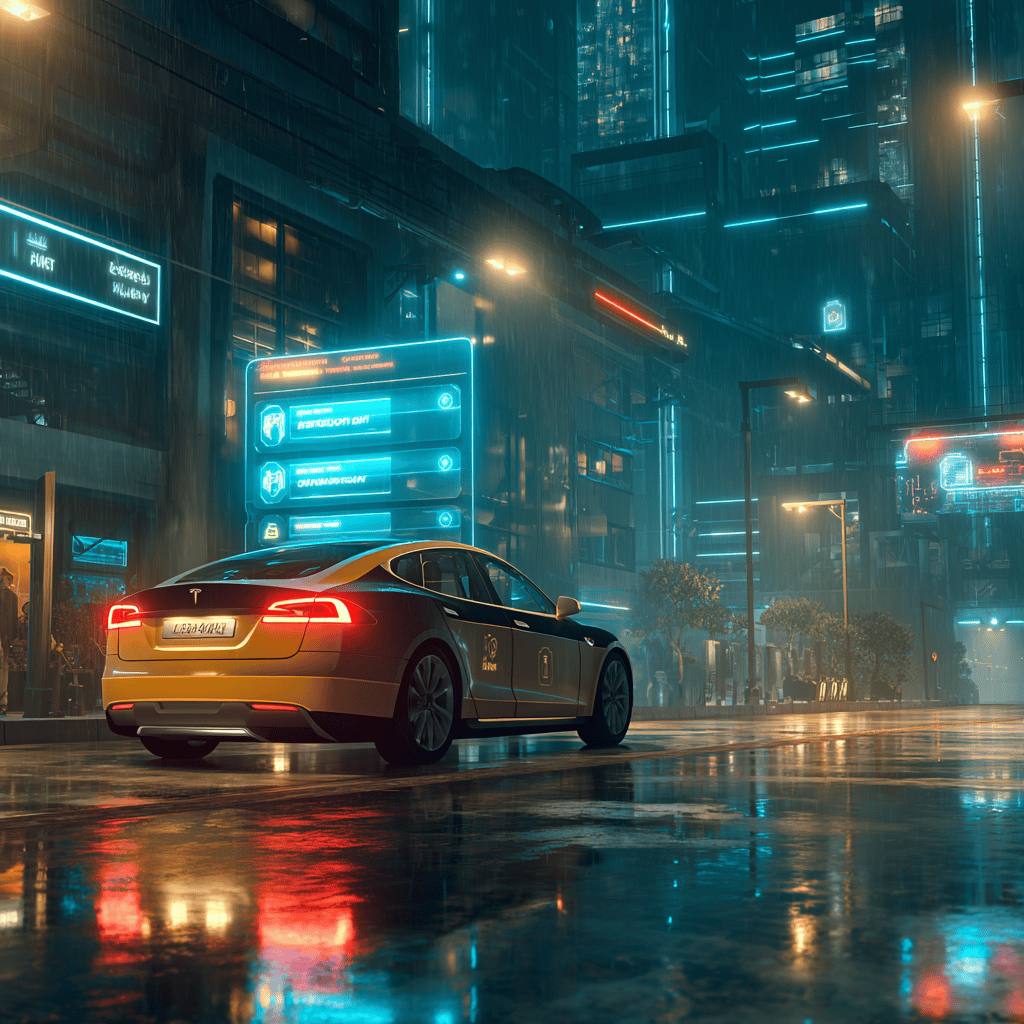Tesla has officially begun a bold new chapter in transportation technology by making its long-anticipated Robotaxi application publicly available. This launch represents far more than the unveiling of a single app; it is a highly symbolic and practical advancement toward the normalization of fully autonomous ride-hailing services. For years, self-driving vehicles have been discussed largely in terms of theory, potential, and tightly controlled testing environments. With this public release, however, Tesla is actively transitioning the conversation into one of real-world implementation, where ordinary individuals may soon find themselves relying on a driverless vehicle to fulfill their everyday mobility needs.
The inaugural rollout is centered in Austin, Texas—a city that has rapidly become an experimental hub for Tesla’s innovations and broader initiatives in advanced technology. By selecting Austin as the starting point, Tesla is not only leveraging the city’s reputation for embracing innovation and modern infrastructure but also ensuring that the system is tested within a community already receptive to groundbreaking ideas. The geographical choice underscores Tesla’s strategy of gradually embedding autonomous technology into the fabric of urban life before pursuing expansion into other metropolitan areas.
The implications of this development are extensive and far-reaching. On the most immediate level, the public opening of the Robotaxi app grants riders the opportunity to directly experience the convenience and novelty of driverless transport. This means that the notion of summoning an autonomous vehicle via smartphone—something that once sounded almost like futuristic science fiction—is rapidly becoming a tangible option. On a broader societal scale, Tesla’s move could expedite the shift in how transportation systems are conceptualized, with potential to transform urban ecosystems by reducing reliance on privately owned cars, lowering traffic congestion, and cutting emissions if the system scales effectively.
Equally significant are the questions posed by such a dramatic leap forward. Prospective passengers are inevitably reflecting on issues of trust and safety: what does it mean to entrust one’s commute, personal security, and travel efficiency to algorithms, sensors, and artificial intelligence rather than human drivers? Some will feel exhilarated by the prospect of riding in a car that navigates entirely on its own, regarding it as a marvel of cutting-edge engineering. Others, however, may approach it with skepticism, citing understandable concerns about technological reliability, ethical decision-making in complex traffic scenarios, and the readiness of current infrastructure to support widespread autonomous mobility.
Beyond individual perceptions, the larger mobility and automotive industries find themselves at a crossroads. The introduction of Tesla’s Robotaxi app signals a potential period of disruption comparable in scale to the rise of ridesharing platforms a decade ago. Just as Uber and Lyft reshaped consumer expectations around convenience, availability, and cost, autonomous ride-hailing stands poised to further redefine the principles of accessibility and efficiency in transportation. If adopted successfully, the model may dictate how future smart cities are designed, how public transit networks integrate with autonomous systems, and how legacy automotive companies adapt to meet rapidly evolving expectations.
In this moment, Tesla’s release of the Robotaxi platform cannot be regarded as a mere software update or product launch. Rather, it constitutes a milestone in the progression toward an entirely new mobility paradigm—one that challenges existing structures, provokes debate about ethics and infrastructure, and inspires imagination about what the cities of tomorrow may look like. The decision facing individuals today—whether or not they would personally ride in a driverless Tesla—represents only the beginning of an unfolding societal dialogue about automation, human trust in machines, and the pace at which groundbreaking inventions should be adopted into everyday life.
Sourse: https://www.bloomberg.com/news/articles/2025-09-04/tesla-says-its-robotaxi-app-now-open-to-public-riders



